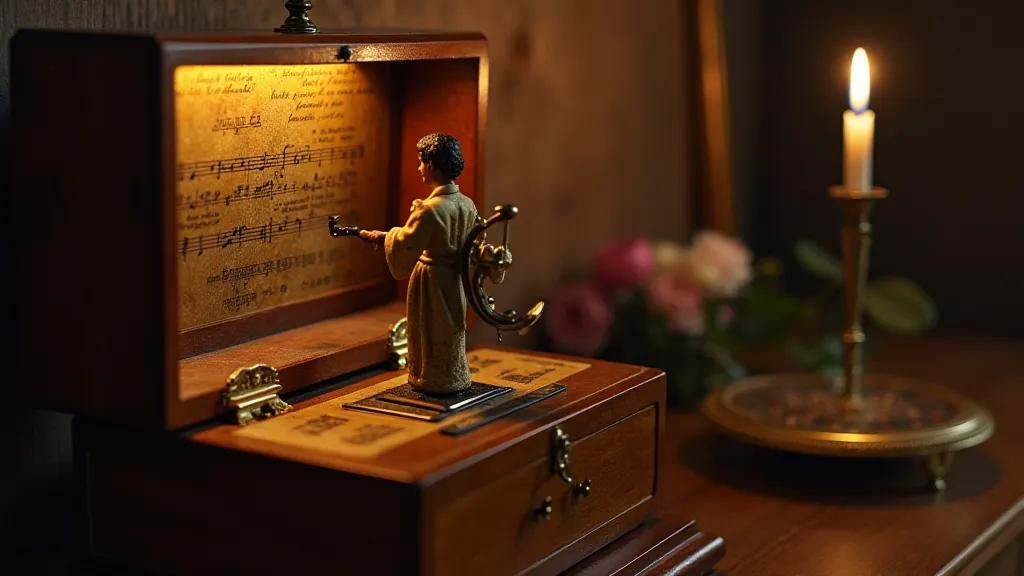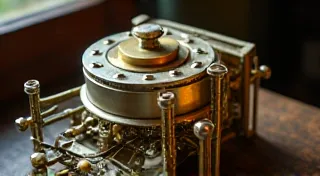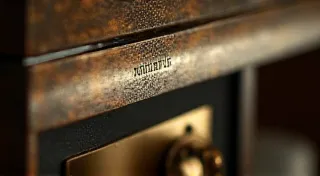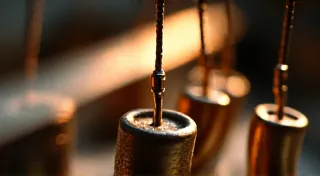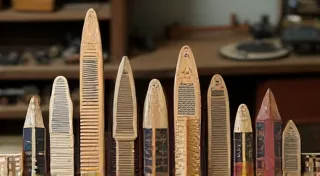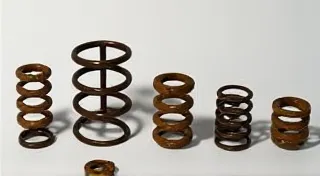Dealing with Rust and Corrosion on Music Box Mechanisms
Rust and corrosion are common enemies of antique music box owners. The intricate mechanisms, often crafted from brass, steel, and occasionally other metals, are vulnerable to the effects of moisture and age. Left unchecked, rust and corrosion can seize parts, weaken components, and ultimately prevent the music box from playing.
Understanding the Problem
Before attempting any cleaning, it's crucial to understand the nature of the problem. Rust (iron oxide) forms when iron is exposed to oxygen and moisture. Corrosion is a broader term encompassing deterioration of a metal due to chemical reactions. Different metals react differently. Brass, for example, might develop a greenish patina rather than true rust, but this patina can still impede movement. The environment the music box has been stored in – damp basements, attics with fluctuating temperatures – significantly impacts the severity of the problem.
Safe Rust and Corrosion Removal Techniques
Always work in a well-lit area and document the process with photographs. This is invaluable for reassembly. Disassembly should be undertaken with the utmost care and ideally after referencing exploded diagrams if available. Forcing parts will only lead to further damage.
Gentle Cleaning: The First Approach
Start with the gentlest methods possible. Often, a thorough cleaning with warm, distilled water and a soft-bristled brush (like a toothbrush) can remove surface grime and light corrosion.
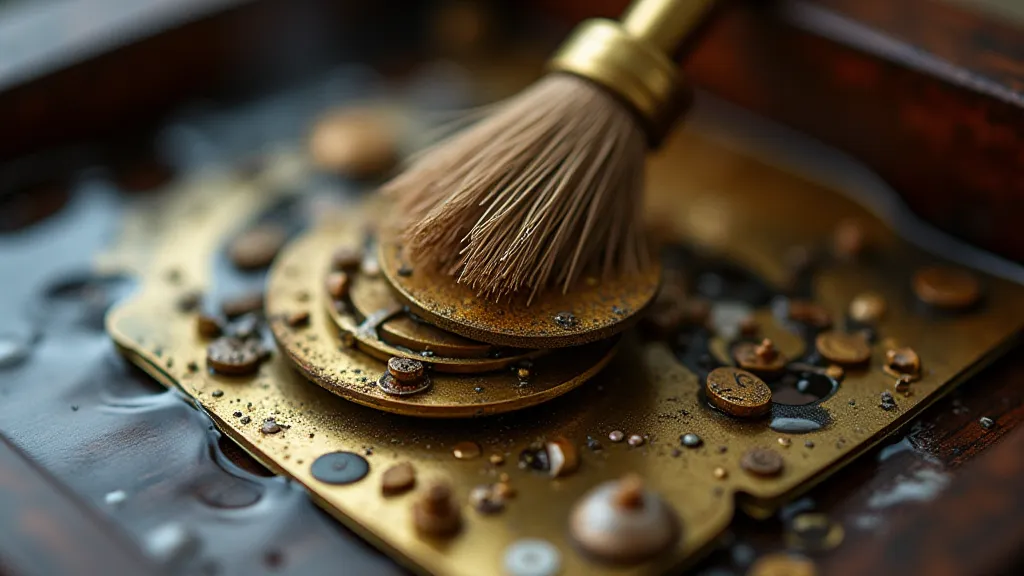
Evaporust and Similar Solutions
Evaporust is a popular and generally safe rust remover. It's a chemical solution that dissolves rust without harming most metals. Follow the manufacturer's instructions carefully. Submerge the affected components in Evaporust for the recommended time, checking periodically. Rinse thoroughly with distilled water after treatment.
Important Note: While Evaporust is generally safe for metal, always test it on a small, inconspicuous area first. It’s essential to check for any adverse reactions with other materials in the mechanism, like delicate painted surfaces or certain plastics.
Ultrasonic Cleaning
Ultrasonic cleaners offer a more aggressive cleaning action. They use high-frequency sound waves to create cavitation bubbles that dislodge contaminants. These can be particularly effective for removing rust and corrosion from intricate parts. Caution is critical. Ultrasonic cleaning can damage delicate parts if the power is too high or the cleaning time is excessive. Always start with the lowest setting and shortest time possible, monitoring progress closely.
Manual Removal (for Stubborn Spots)
For localized rust spots that are resistant to chemical removal, careful manual removal may be necessary. Use very fine polishing cloths, brass or bronze wool (0000 grade), or specialized rust removal tools. Apply very light pressure to avoid scratching the metal. Patience and a steady hand are essential. Avoid aggressive scrubbing.
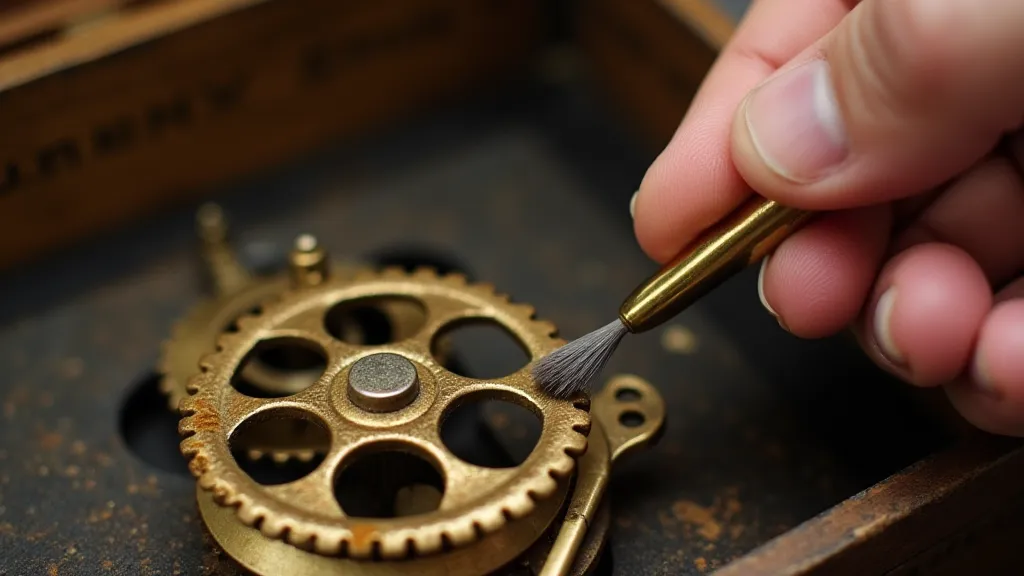
Preventative Measures
Removing rust and corrosion is only half the battle. Preventing its return is equally important.
- Desiccation: Store music boxes in a dry environment. Silica gel packets are excellent for absorbing moisture.
- Light Lubrication: After cleaning and reassembly, apply a very light coat of a suitable lubricant, such as music box oil or a specialized clock oil. Avoid over-lubrication, which can attract dust and grime.
- Regular Inspection: Periodically inspect the music box mechanism for signs of rust or corrosion. Early detection allows for timely intervention.
- Protective Coatings: For heavily corroded components that are difficult to protect, consider applying a thin layer of protective wax or lacquer. However, ensure this doesn't interfere with the mechanism's function.
Final Thoughts
Dealing with rust and corrosion on antique music boxes can be a delicate and challenging task. It requires patience, careful observation, and a gentle approach. By understanding the causes of rust and corrosion and employing safe and effective removal techniques, you can preserve these beautiful and intricate pieces of mechanical music history.
